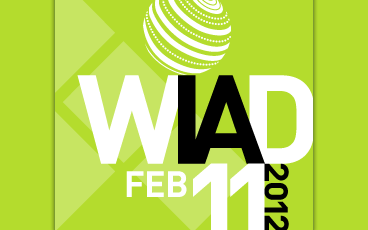by Laura Creekmore | Feb 11, 2012 | Conferences/Events, Information management
Chris Farnum and Serena Rosenhan from ProQuest They’re going to talk about their journey from waterfall to agile methodology, and how they accommodated its demands with their IA work. They’re showing a lovely waterfall chart…business case, functional...
by Laura Creekmore | Feb 11, 2012 | Conferences/Events, Information management, Search
Next up, a talk from Shari Thurow on search engines and IA. Thurow is starting with the basics of SEO. If you don’t do these 4 basic building blocks, you can forget it. Doing them makes your content easy to find — both on Google and your internal site...
by Laura Creekmore | Feb 11, 2012 | Conferences/Events, Information management
This session is from Peter Morville and Karl Fast. Morville speaks up for defining the damn thing — says it’s central to information architecture. The kinds of information architecture Classic IA — The polar bear book. Web strategy — Making...
by Laura Creekmore | Feb 11, 2012 | Conferences/Events, Information management
Great panel to kick off the conference: Dennis Schleicher Josie Scott Shawn Stemen Keith Instone, Moderator Changes they’ve seen: Schleicher notes that today, more developers are moving toward IA, and prototyping is changing the conversation. Scott worked at...

by Laura Creekmore | Feb 11, 2012 | Conferences/Events
Today I’m blogging at World IA Day in Ann Arbor, MI. Part of a worldwide day to celebrate and learn about the discipline of information architecture, the Michigan event is kicking off shortly on the University of Michigan campus. I’m on the board of the...

